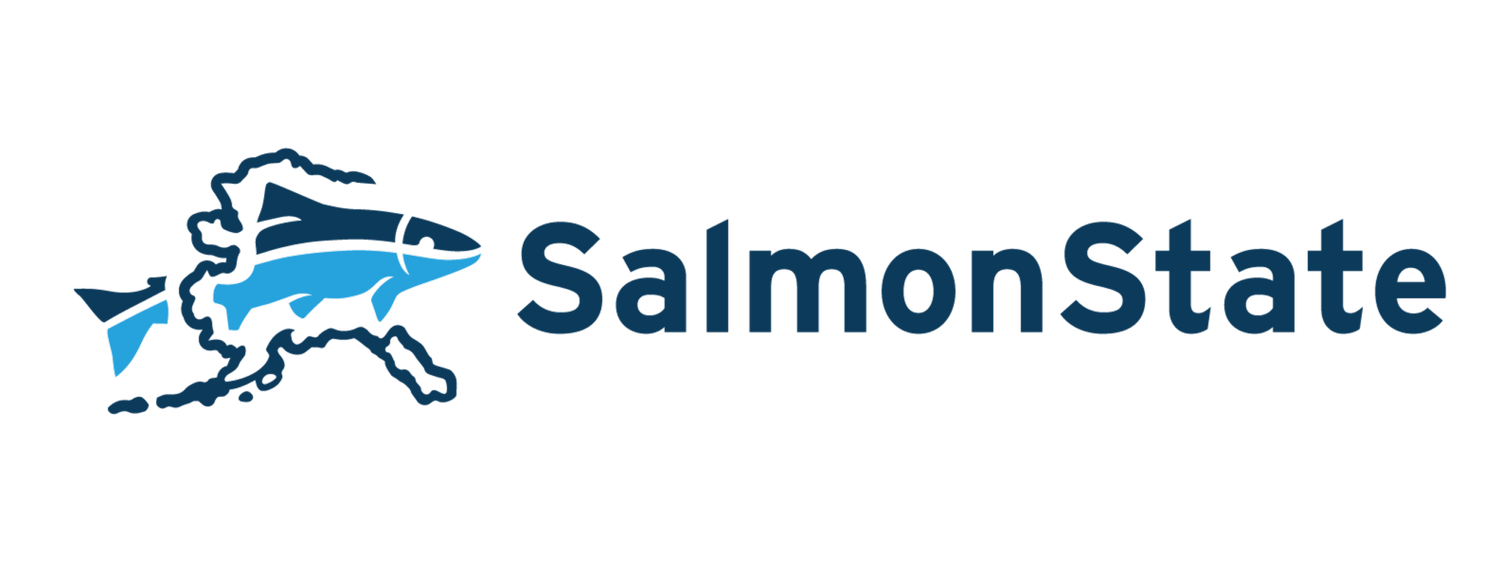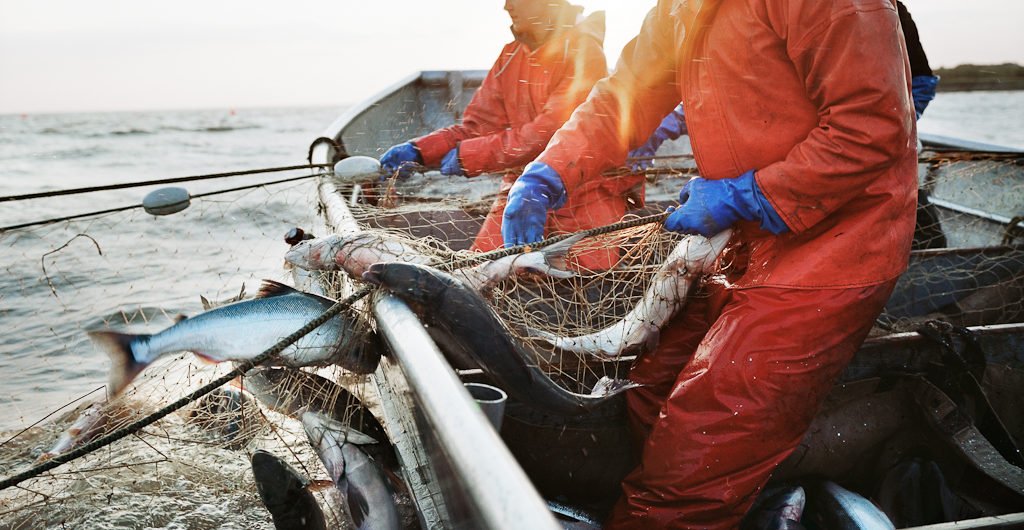Alaskans ask Biden Administration to Move Quickly to Protect Critical Alaskan Salmon Watersheds, Make 30×30 a ‘Reality’
Juneau, AK – Yesterday, President Biden released his plan to address climate change, including a ‘30×30’ provision that calls for conservation of 30 percent of our lands and oceans by 2030. “Coming on the heels of an alarming report from the State of Washington showing salmon on the brink of extinction with climate change being a major factor, we need to take bold steps right now if we are going to have a fighting chance to preserve the healthy wild salmon runs many of us take for granted,” said SalmonState executive director Tim Bristol.
In recent years, changing ocean and freshwater conditions have caused Alaska’s wild salmon to return smaller and produce fewer eggs than historic norms, and studies confirm that the future of Alaska’s wild salmon will depend on our ability to stem the pace and impact of climate change. SalmonState – an Alaska-based initiative that works with tribal communities, recreational fishermen, commercial fishermen, businesses, scientists, and elected-officials – calls on the Biden Administration to move quickly to utilize existing tools to protect some of America’s best remaining fish and wildlife habitat, including Alaska’s most productive wild salmon watersheds.
“We are excited about President Biden’s plan and look forward to working with his administration to address the threat of climate change to our state, our salmon and the tens of thousands of Alaskans who depend on them,” said Bristol. “Specifically, by protecting Southeast Alaska’s transboundary rivers via international agreement, salmon watersheds in the Tongass National Forest by reinstating the Roadless Area Conservation Rule, and Bristol Bay’s massive sockeye runs through the Clean Water Act, the Biden administration can quickly demonstrate the real and positive impact 30×30 can have on Alaskans’ livelihoods and lives via tools already in the President’s toolbox. Swift action will protect some of the world’s most important salmon habitat and ‘put wind in the sails’ of the 30×30 effort.”
“Rather than selling off public lands and cutting out local input, It is a nice change of pace to see the White House calling for ‘stakeholder engagement from agricultural and forest landowners, fishermen, Tribes, States, Territories, local officials, and others to identify strategies that will result in broad participation.’ Said Bristol.

